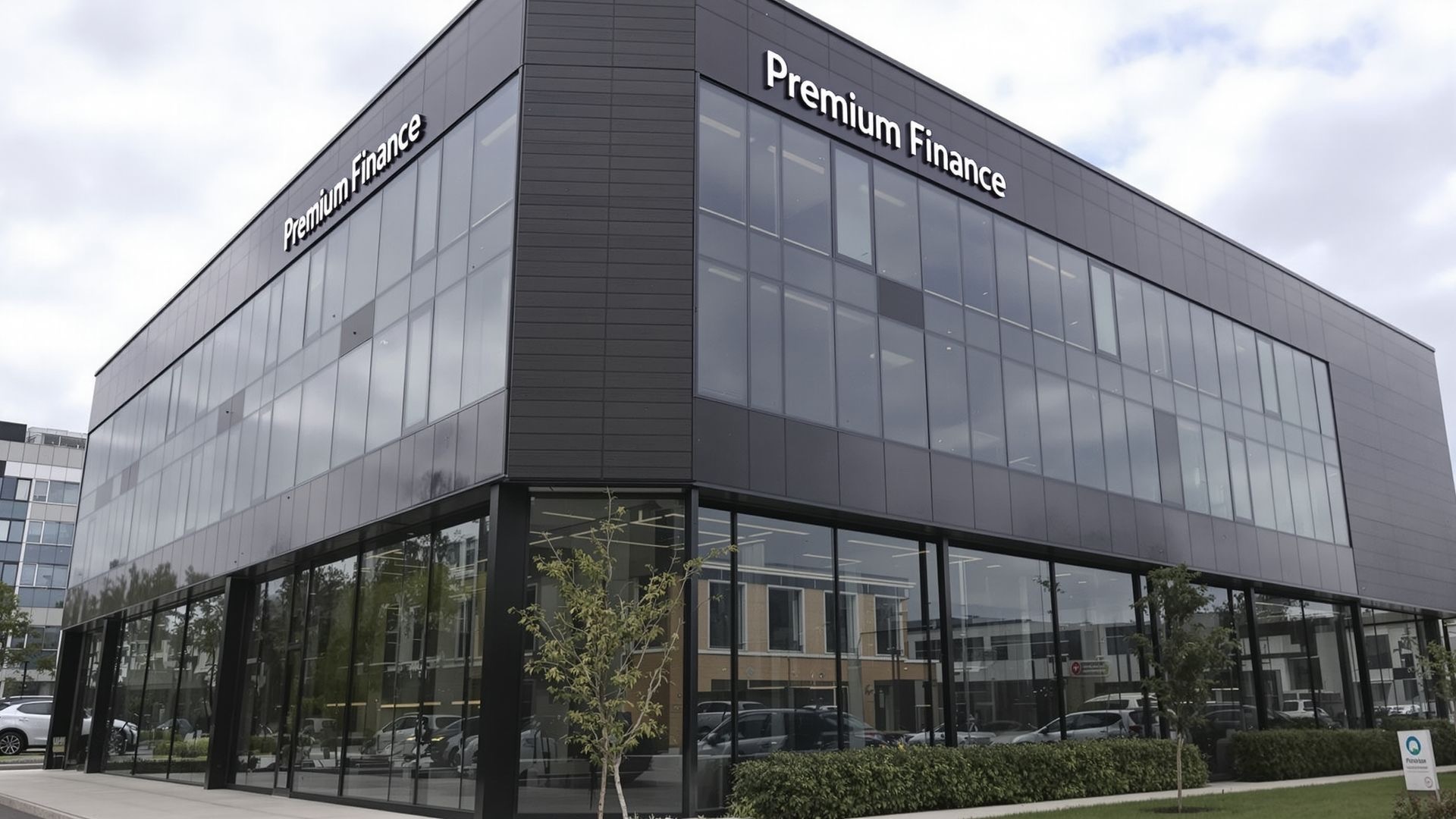
Exploring the Resilience of Indexed Universal Life Insurance: Lessons from a 12-Year Case Study
Indexed Universal Life (IUL) insurance, a unique financial instrument marrying life coverage with cash value growth tied to market performance, takes center stage in an intriguing case study that reveals its resilience over a 12-year period. As families and professionals look to secure financial futures, the performance of a particular IUL policy raises important questions about how such products can adapt to changing economic climates.
Performance Metrics: A Deep Dive into IUL Returns
This case study highlights an IUL policy that began with a 12% cap rate and a 2% floor on the S&P 500 index, key metrics defining its initial performance potential. Interestingly, even after the cap rate fell to 7.75% over the years, the policy managed to exceed initial return expectations, achieving an average return of 7.37%. This performance underscores the adaptability of IULs, especially when we consider the frequency of reaching caps versus hitting floors across the policy's life; the policy touched the floor only 18% of the time while remaining frequently above the moderate return range.
Understanding Cap Rates: Why Changes Are Not Arbitrary
One of the standout discussions in the analysis revolves around the role of cap rates, frequently perceived as maximum returns imposed by insurance companies. However, it’s important to understand that these adjustments do not stem from arbitrary profit motives. Instead, they are influenced by bond yields and options pricing, reflecting broader market conditions that need to be accounted for in insurance planning. This insight can empower policyholders and financial advisors to foster informed decisions—transforming perception from pessimism toward a more nuanced understanding of financial products.
A Comparative Analysis: IUL Versus Whole Life Insurance
The resilience displayed by this IUL policy raises compelling arguments when juxtaposed with traditional whole life insurance. While both products offer benefits, the analysis indicates that IULs maintain flexibility and adaptability that traditional whole life policies may sometimes lack. The data proposes that even amidst declining cap rates, IULs can rebound more quickly than the dividend increases seen in whole life policies, making them potentially more advantageous for those looking to cultivate generational wealth.
Implications for Insurance Planning: A Flexible Financial Solution
This case study not only demonstrates the potential returns but also speaks to the flexibility inherent in IUL products. For families, professionals, and financial advisors, the findings provide a strong impetus to consider IULs as a viable asset for future insurance planning. The ability for policyholders to navigate changes in funding—exemplified by the policy ceasing premium payments after two years yet continuing to grow—illustrates the importance of flexibility in achieving long-term financial strategies.
Making Strategic Financial Decisions with IUL Insurance
In closing, it's vital to approach IULs with an understanding of how they integrate into broader financial strategies. Those considering IUL policies should assess not just the potential returns but also their own financial situations, risk tolerance, and long-term goals. Engaging with insurance professionals or financial advisors can enhance the strategic placement of IULs within a family’s overall asset protection and wealth-building approach.
To explore whether indexed universal life insurance could complement your financial strategy, considering your specific needs and financial objectives is essential. Reach out to a professional today—taking proactive steps can set the stage for robust financial growth.
 Add Row
Add Row  Add
Add 




Write A Comment